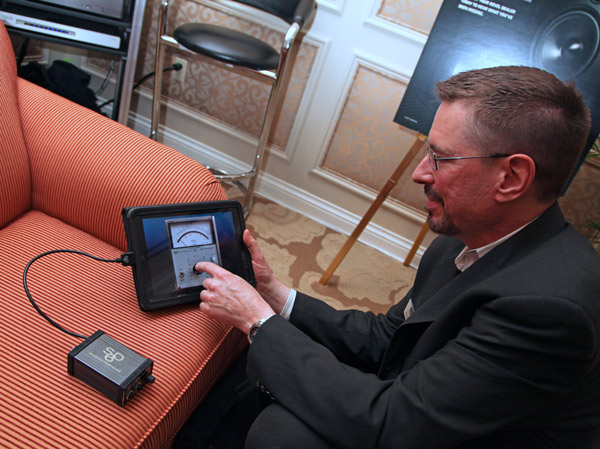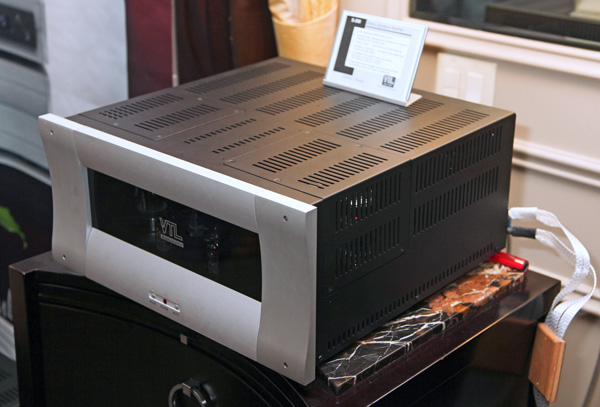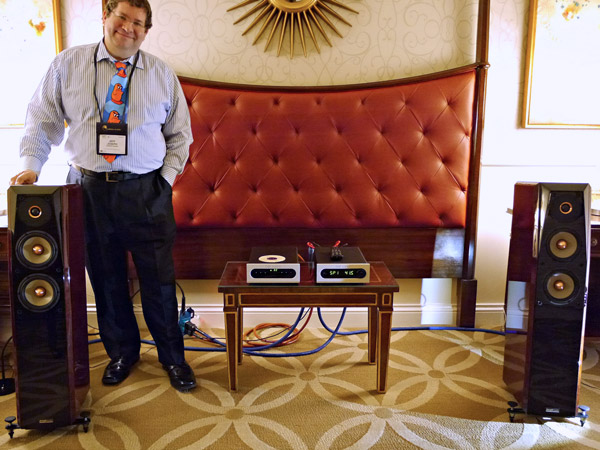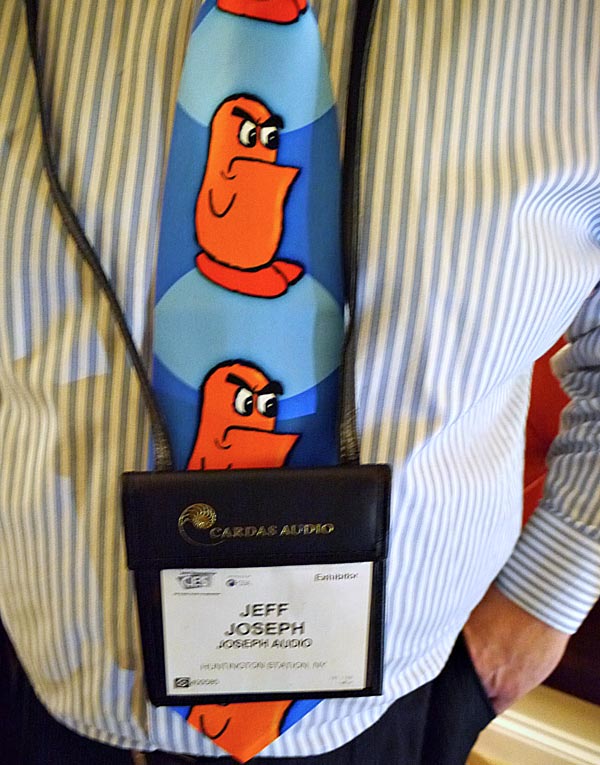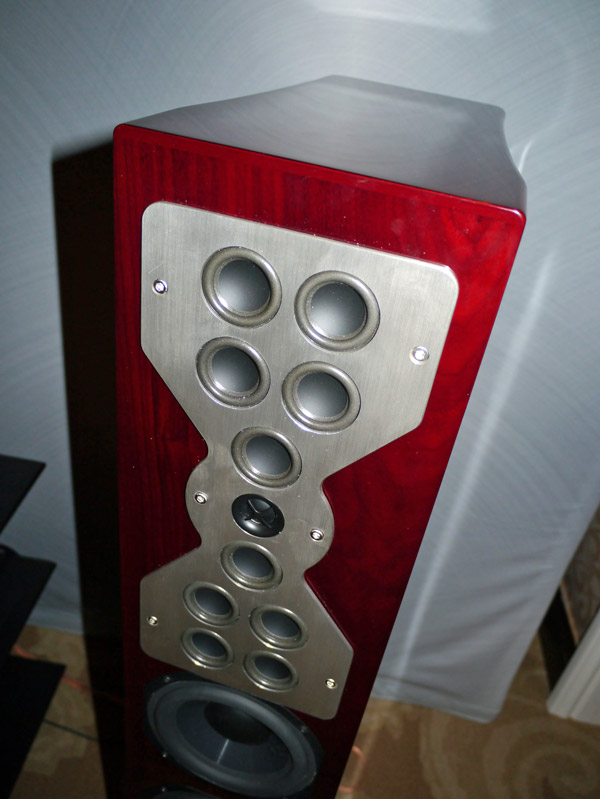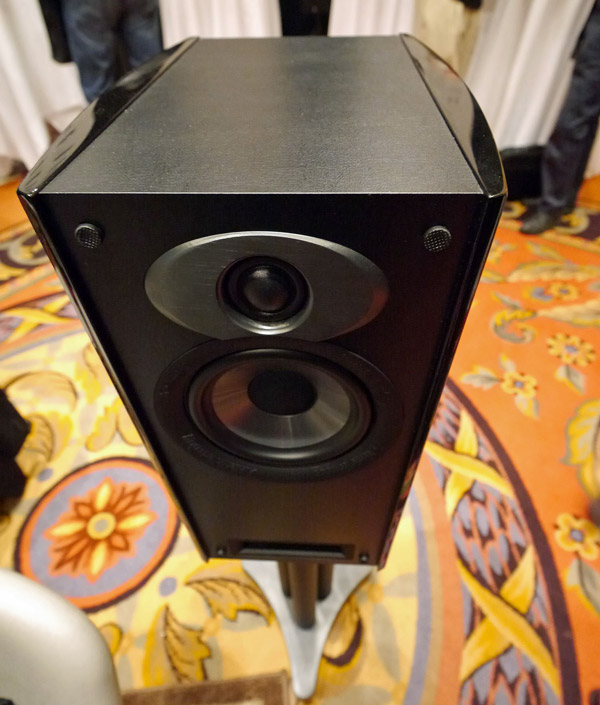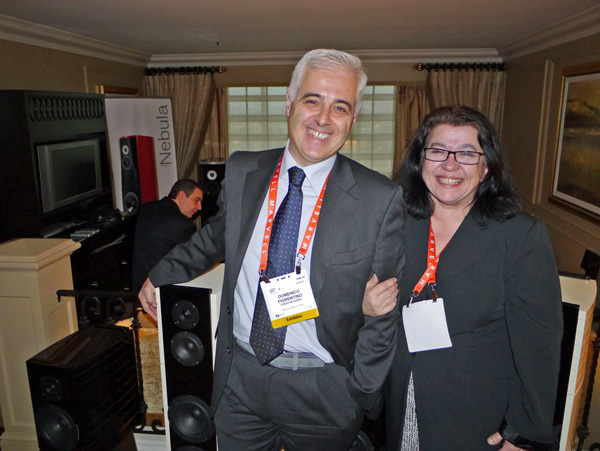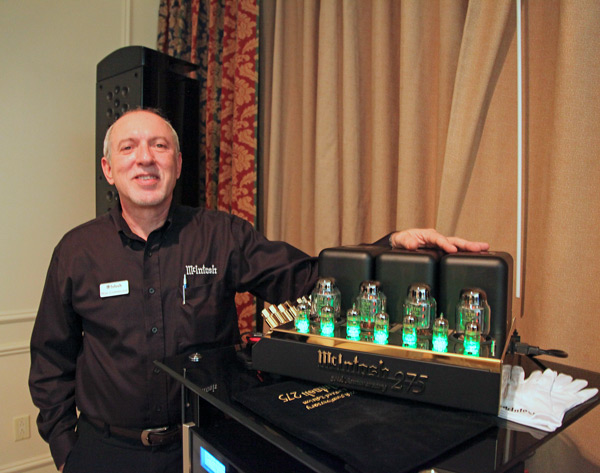The New Revel Performa 3s
Harman Specialty Audio introduced the new Revel Performa 3 series of loudspeakers at the 2012 CES. Kevin Voecks, lead audio engineer in the design, was delighted at the increased performance of Performa 3 series, including the $4500/pair, three-way, F208 full-range floorstander and the $1750/pair M106 two-way bookshelf. The F208 replaces the more expensive, $7500 F32 Performa in the previous series.
Continue Reading »


